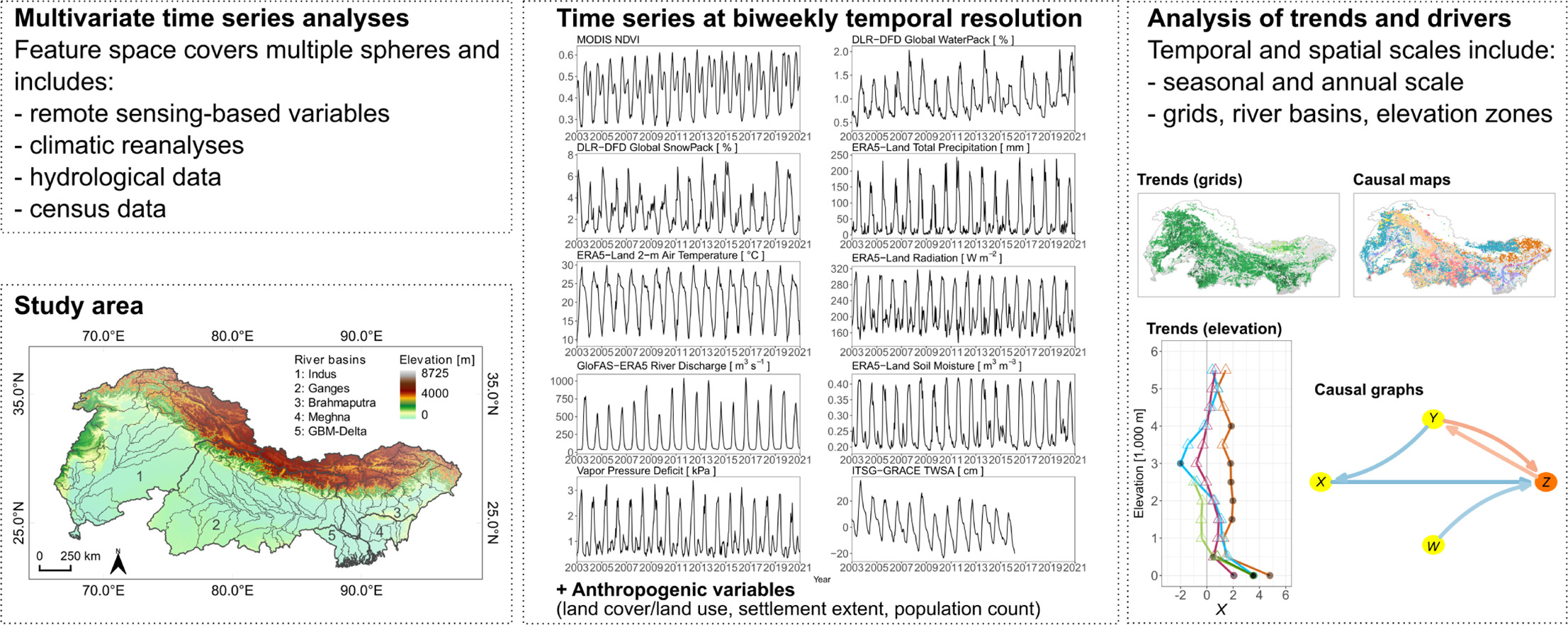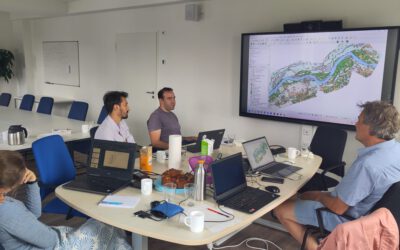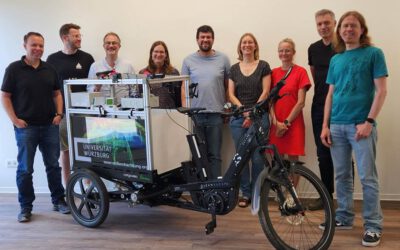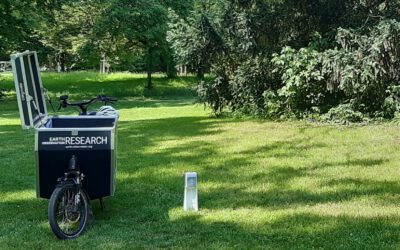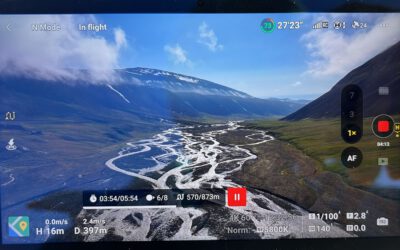our PhD student and other colleagues just published the article “Multi-faceted analyses of seasonal trends and drivers of land surface variables in Indo-Gangetic river basins”. From the abstract: “The Indo-Gangetic river basins feature a wide range of climatic, topographic, and land cover characteristics providing a suitable setting for the exploration of multivariate time series. Here, we collocated a comprehensive feature space for these river basins including Earth observation time series on the normalized difference vegetation index (NDVI), surface water area (SWA), and snow cover area (SCA) in combination with driving variables between December 2002 and November 2020. First, we evaluated changes using multi-faceted trend analyses. Second, we employed the causal discovery algorithm Peter and Clark Momentary Conditional Independence (PCMCI) to disentangle interactions within the feature space. PCMCI quantifies direct and indirect relationships between variables and has been rarely applied to remote sensing applications. The results showed that vegetation greening continues significantly. Irrigated croplands in the Indus basin indicated the highest trend magnitude (0.042 NDVI/decade−1). At annual and basin scale, positive trends were also identified for SWA in the Indus (837 km2/decade−1) and Ganges basin (677 km2/decade−1). Annual trends in SCA were insignificant at basin scale. Considering elevation zones, negative SCA trends were found in high altitudes of the Ganges and Brahmaputra river basins. Similarly, NDVI and SWA showed positive trends in high elevations. Furthermore, the causal analysis revealed that NDVI was controlled by water availability. SWA was directly influenced by river discharge and indirectly by precipitation. In high altitudes, SWA was controlled by SCA and temperature. Precipitation and temperature were identified as important drivers of SCA with spatio-temporal variations. With amplified climate change, the joint exploitation of time series will be of increasing importance to further enhance the understanding of land surface change and complex interplays across the spheres of the Earth system. The insights of this study and used methods could greatly support the development of climate change adaptation strategies for the investigated region.”
read the full article at https://www.sciencedirect.com/science/article/abs/pii/S0048969722046137

